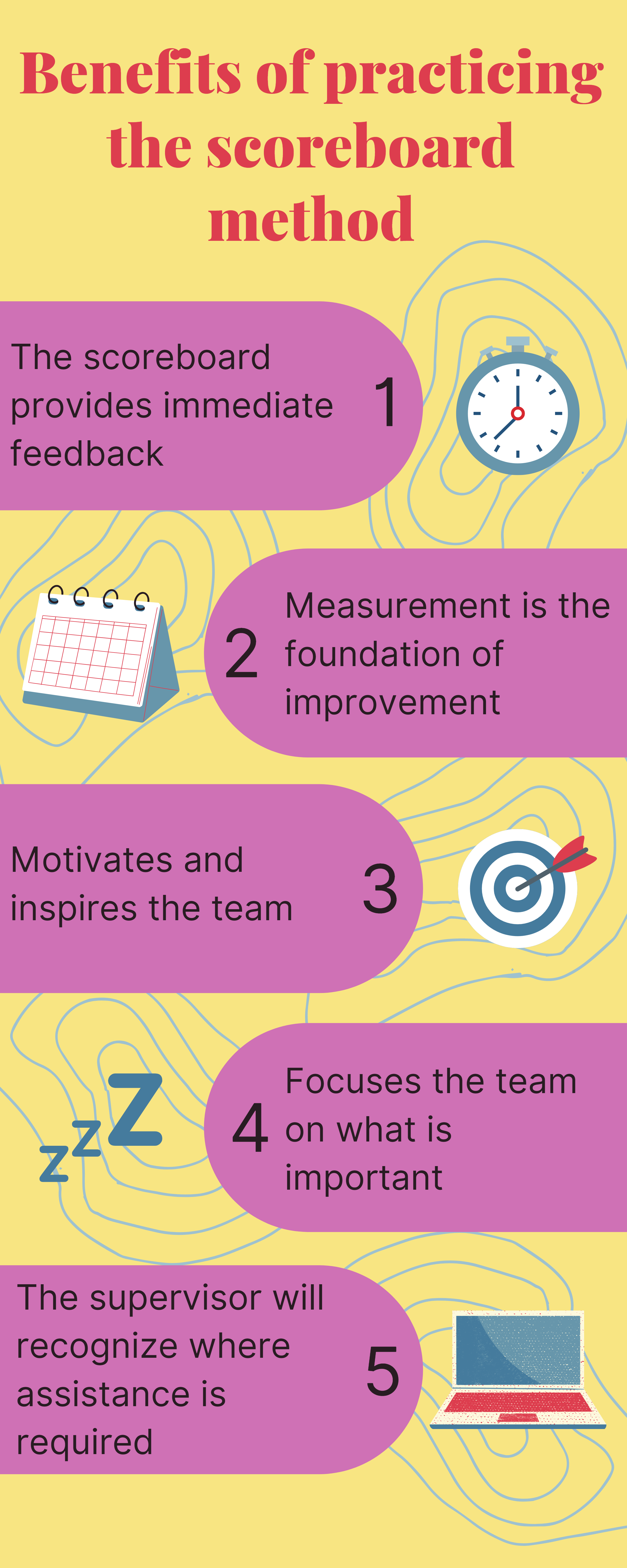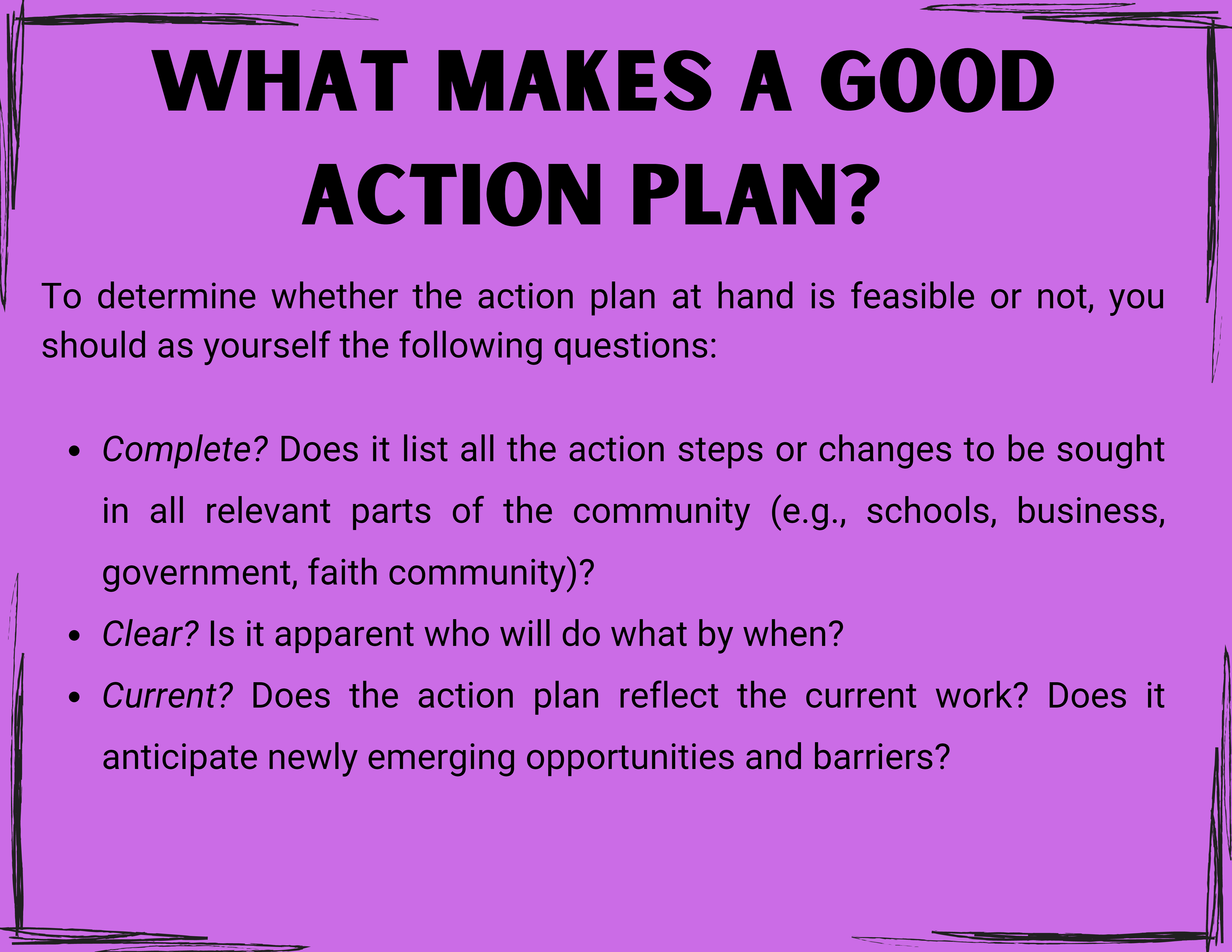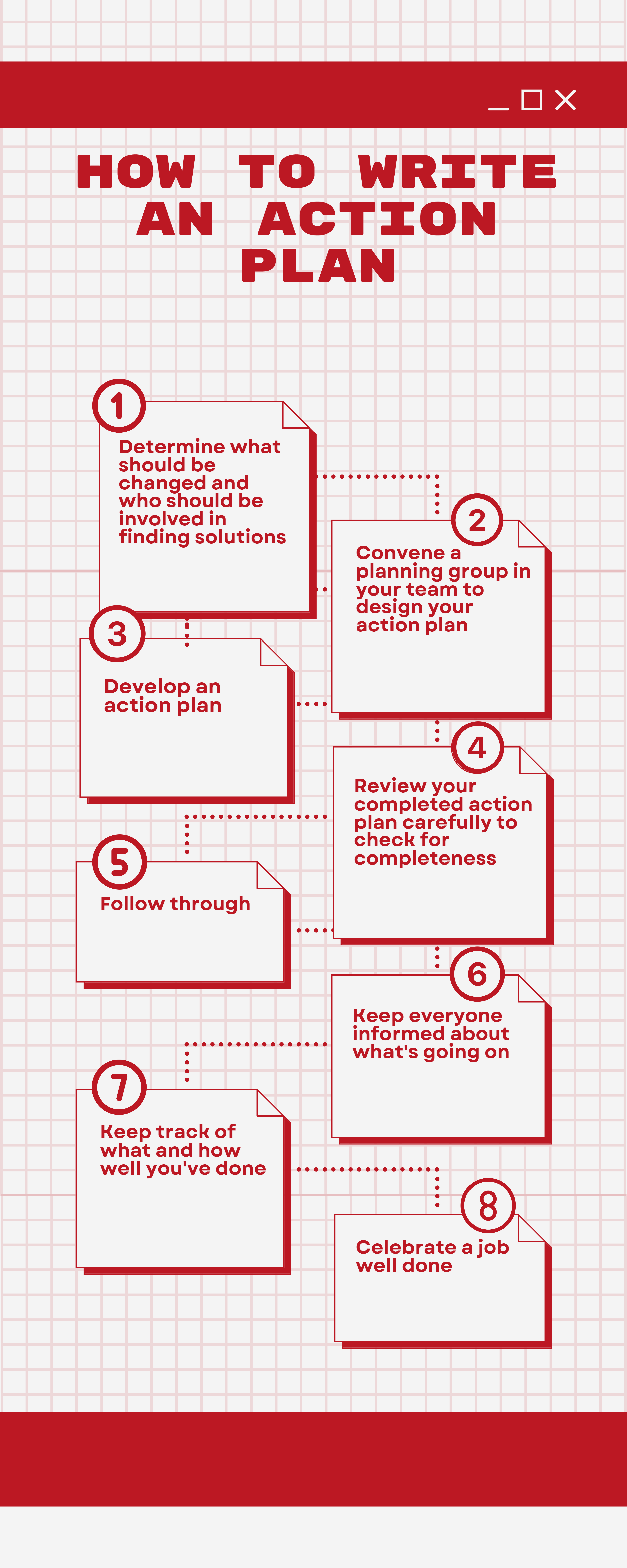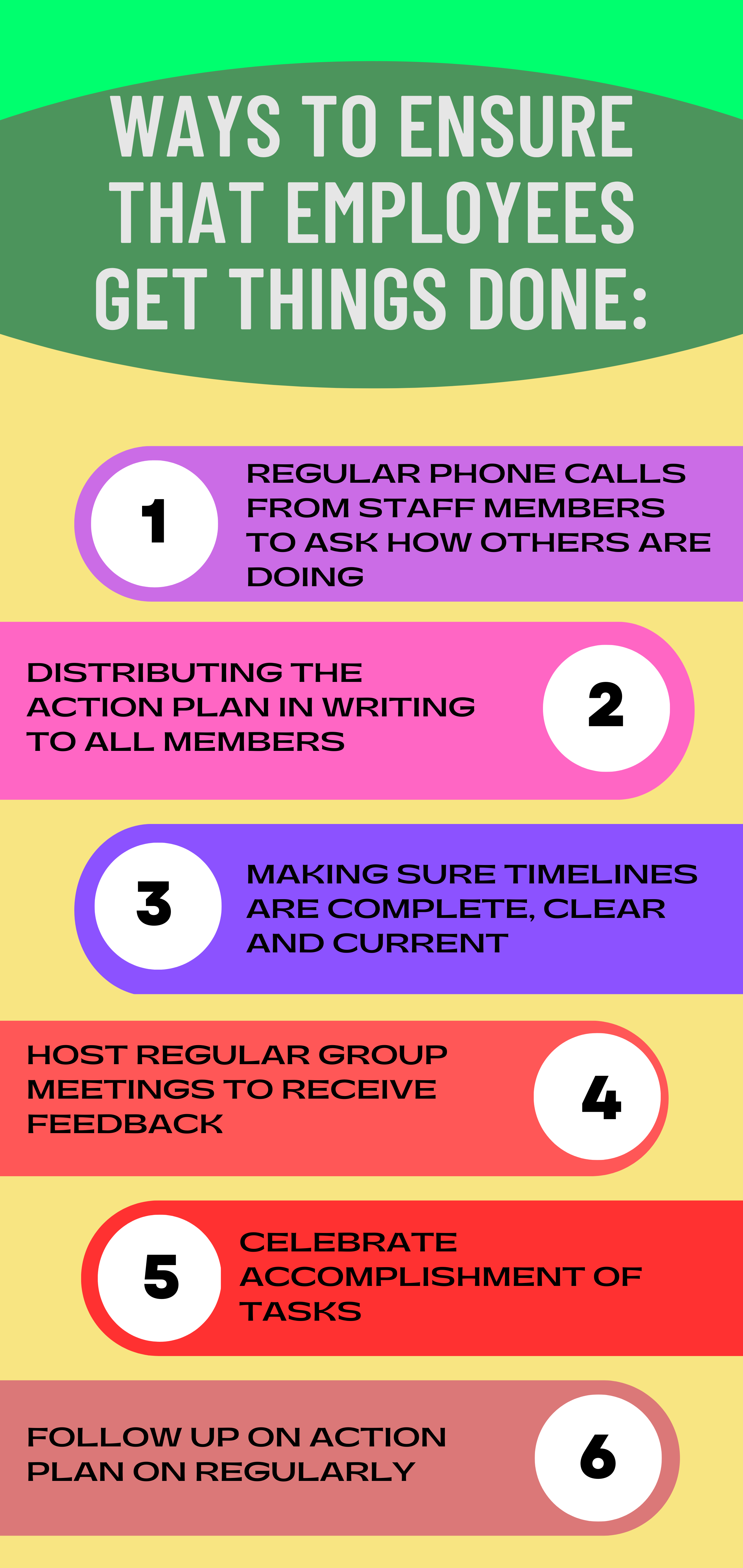All of us have heard the saying “if you fail to plan… you plan to fail”. Very true, but implementation is equally important to planning. No use to have the perfect plan, but it is not implemented well.
The Dashboard/Scoreboard
To keep track of a soccer match, we have a large scoreboard, which should be visible to all spectators. As spectators, we get highly irritated if the scoreboard is hidden. Both players and spectators constantly keep an eye on the scoreboard, which serves as a motivator to increase performance and feedback.
So why, if we are serious about business performance, are our scoreboards hidden in well-kept files?????
Advice given by modern business performance experts is to set up scoreboards similar to sports scoreboards, to track business performance. The benefits of this practice are unlimited but include:

A scoreboard could simply be a visual display of the operational plan, but better ways are to work with graphs with target lines. Important to keep the graphs updated every week. Software programs could be developed to update it automatically as data are fed into the system.

Action Plan
An action plan is a plan consisting of one or more actions. The plan itself may have one or more goals, but it is not necessary to have more than one goal.
In some ways, an action plan is a "heroic" act: it helps us turn our dreams into reality. An action plan is a way to make sure your organisation's vision is made concrete. It describes the way your team will use its strategies to meet its objectives. An action plan consists of several action steps or changes to be brought about in your community.
Each action step or change to be sought should include the following information:


Why Should You Develop An Action Plan?
Because you certainly don't want to fail, it makes sense to take all of the steps necessary to ensure success, including developing an action plan. There are lots of good reasons to work out the details of your organisation's work in an action plan. They include:

When Should You Create An Action Plan?
Ideally, an action plan should be developed within the first six months to one year of the start of an organisation. It is developed after you have determined the vision, mission, objectives and strategies of your group. If you develop an action plan when you are ready to start getting things done, it will give you a blueprint for running your organisation or business.
Remember, though, that an action plan is always a work in progress. It is not something you can write, lock in your file drawers, and forget about. Keep it visible. Display it prominently. As your organisation changes and grows, you will want to continually (usually monthly) revise your action plan to fit the changing needs of your team.

Click here to view a video that explains how to write a successful action plan.
Preparing Your Plan
Determine what people and sectors of the community should be changed and involved in finding solutions. If you have been using the VMOSA (Vision, Mission, Objectives, Strategies, Action Plans) model, you might have already done this, when you were deciding upon your group's objectives. Again, try to be inclusive.
Convene a planning group in your team to design your action plan. This might be the same group of people who worked with you to decide your team's strategies and objectives. If you are organising a new group of people, try to make your planning committee as diverse and inclusive as possible. Your group should look like the people most affected by the problem or issue.
Once everyone is present, go over your organisation's:
- Vision
- Mission
- Objectives
- Strategies
- Targets and agents of change
- Proposed changes for each sector of the team/department or division
Develop an action plan composed of action steps that address all proposed changes. The plan should be complete, clear, and current. Additionally, the action plan should include information and ideas you have already gathered while brainstorming about your objectives and your strategies. What are the steps you must take to carry out your objectives while still fulfilling your vision and mission? Now it's time for all of the VMOSA components to come together. While the plan might address general goals you want to see accomplished, the action steps will help you determine the specific actions you will take to help make your vision a reality.
Review your completed action plan carefully to check for completeness. Make sure that each proposed change will help accomplish your team's mission. Also, be sure that the action plan taken as a whole will help you complete your mission; that is, make sure you aren't leaving anything out.
Follow through. One hard part (figuring out what to do) is finished. Now take your plan and run with it! Remember the 80-20 rule: successful efforts are 80% follow through on planned actions and 20% planning for success.
Keep everyone informed about what's going on. Communicate to everyone involved how his or her input was incorporated. No one likes to feel like her wit and wisdom have been ignored.
Keep track of what (and how well) you've done. Always keep track of what the team has done. If the team or division change (a new program or policy) took significant time or resources, it's also a good idea to evaluate what you have done, either formally or informally.
Keep several questions in mind for both yourself and others:
- Are we doing what we said we'd do?
- Are we doing it well?
- Is what we are doing advancing the mission?
You can address these questions informally (ask yourself, chat with friends and other people), as well as formally, through surveys and other evaluation methods.
Celebrate a job well done! Celebrate your accomplishments; you and those you work with deserve it. Celebration helps keep everyone excited and interested in the work they are doing.
After you've written your action plan: Get employees to do what they said they would!
Every organisation has undoubtedly had this happen: you plan and you assign tasks to get everything you've planned to do accomplished. Everyone agrees (maybe they even offer) to do certain tasks, and you all leave with a great feeling of accomplishment. The problem? At the next meeting, nothing has been done. Besides tearing out your hair, what can you do?
Fortunately, there are several things you can try. It's particularly tricky in the case of volunteers because you don't want to lean too hard on someone who is donating their time and energy to begin with. Still, you can make it easier for employees to get things done (and harder to avoid work) without acting like the mean neighbour down the street. Some of these gentle reminders include:

When a target is continuously met or exceeded, three possible actions can be taken:
- The team must be given positive feedback.
- A reward for excellent performance can be negotiated with higher management.
- The target could be set too low, in which case it should be reviewed and adjusted. Just make sure that this process is done in a participative style to ensure buy-in from all involved.
Remember that when the targets are not met, action plans are necessary. Three possible actions could result:
Ask 3 questions if targets are not met:
- What happened?
- What must we do about it now?
- What must we do to prevent this from happening again?
Daily routine operational issues could cause poor performance, e.g. Absenteeism, the poor performance of a group/individual, and machine failure.
If the improvement goal is too steep, it could be necessary to break it down into sub-goals/action plans.
Innovation ideas might be suggested by the team to improve performance. To implement such ideas, we need action/project plans.
Example of an Action Plan Template
Click here to view and download an action plan template.